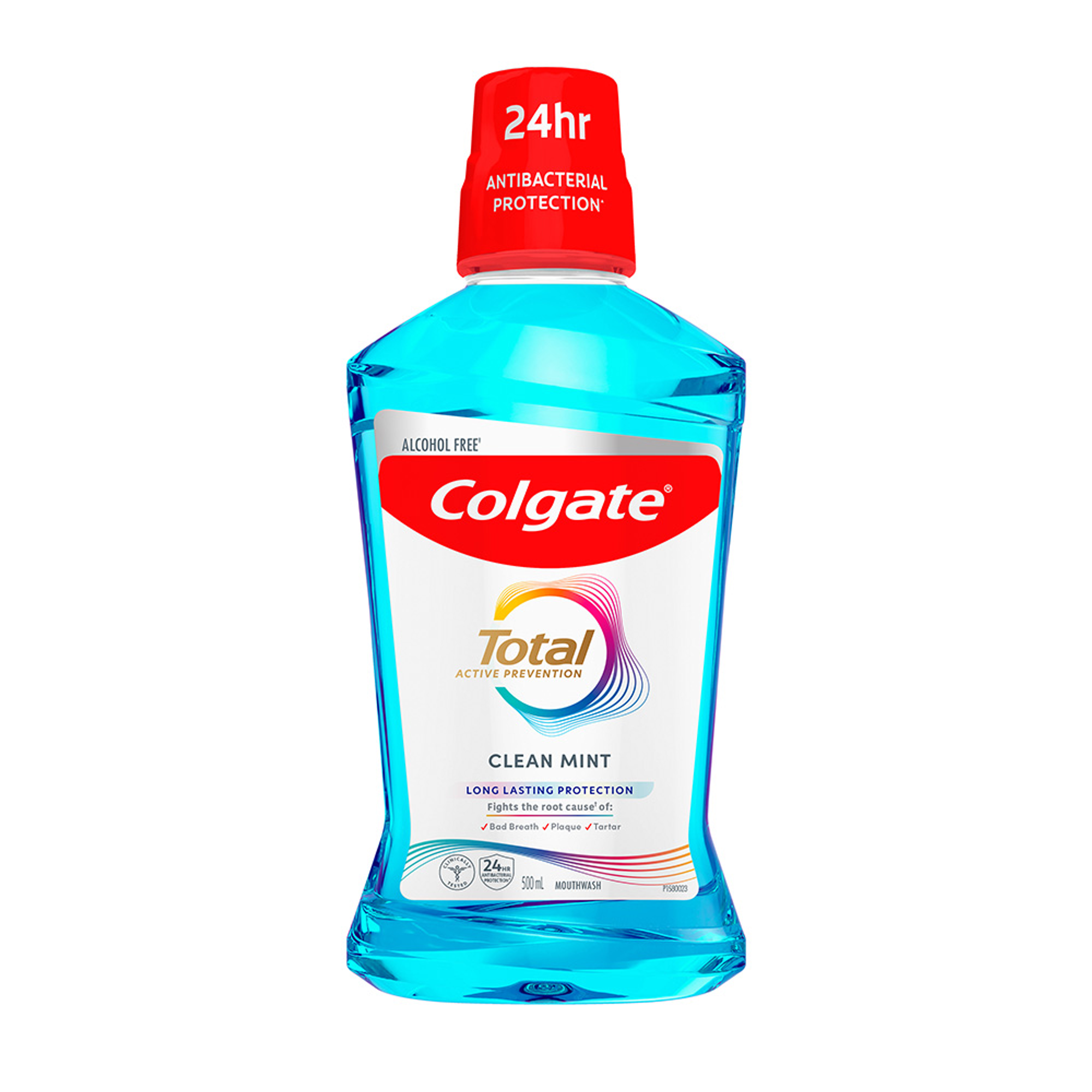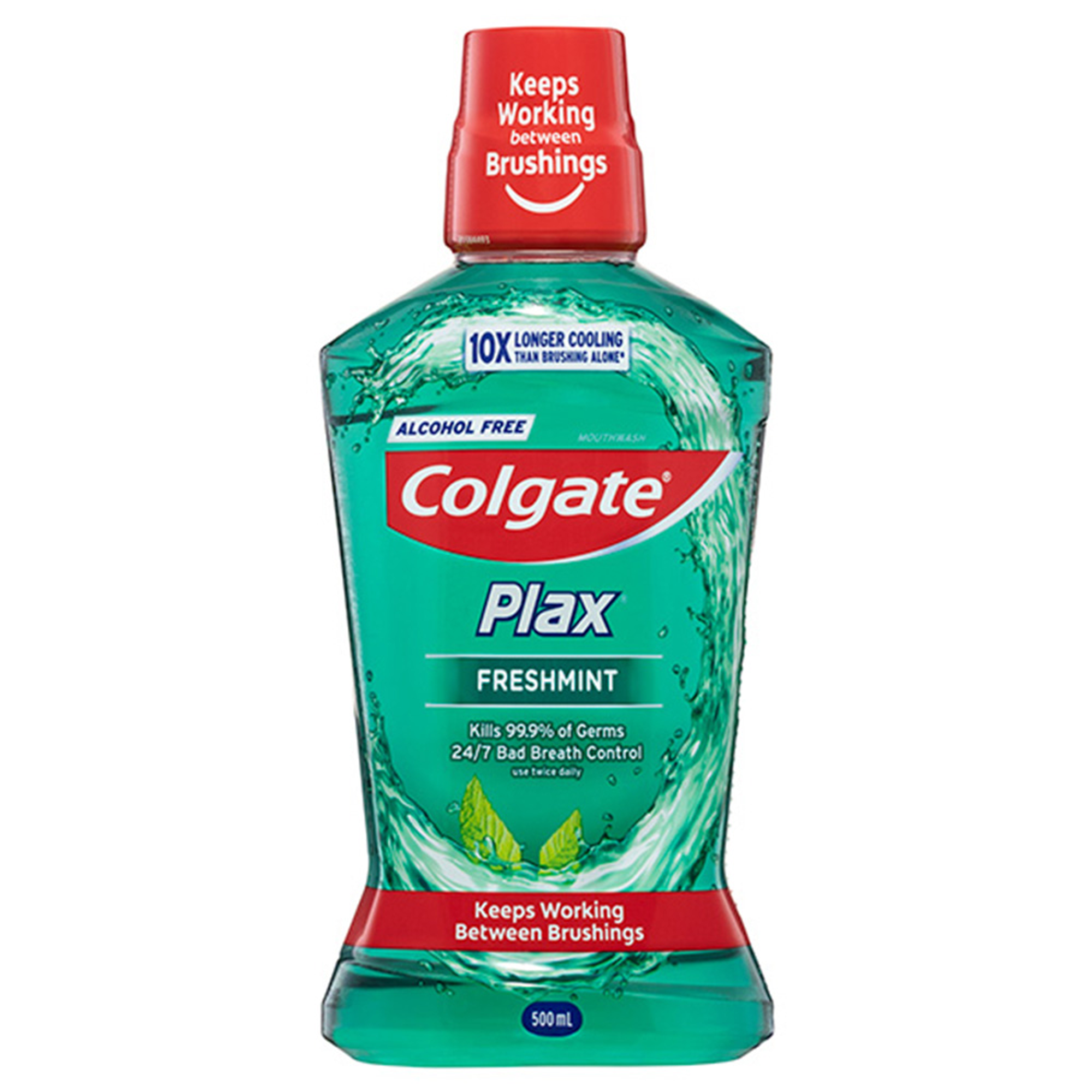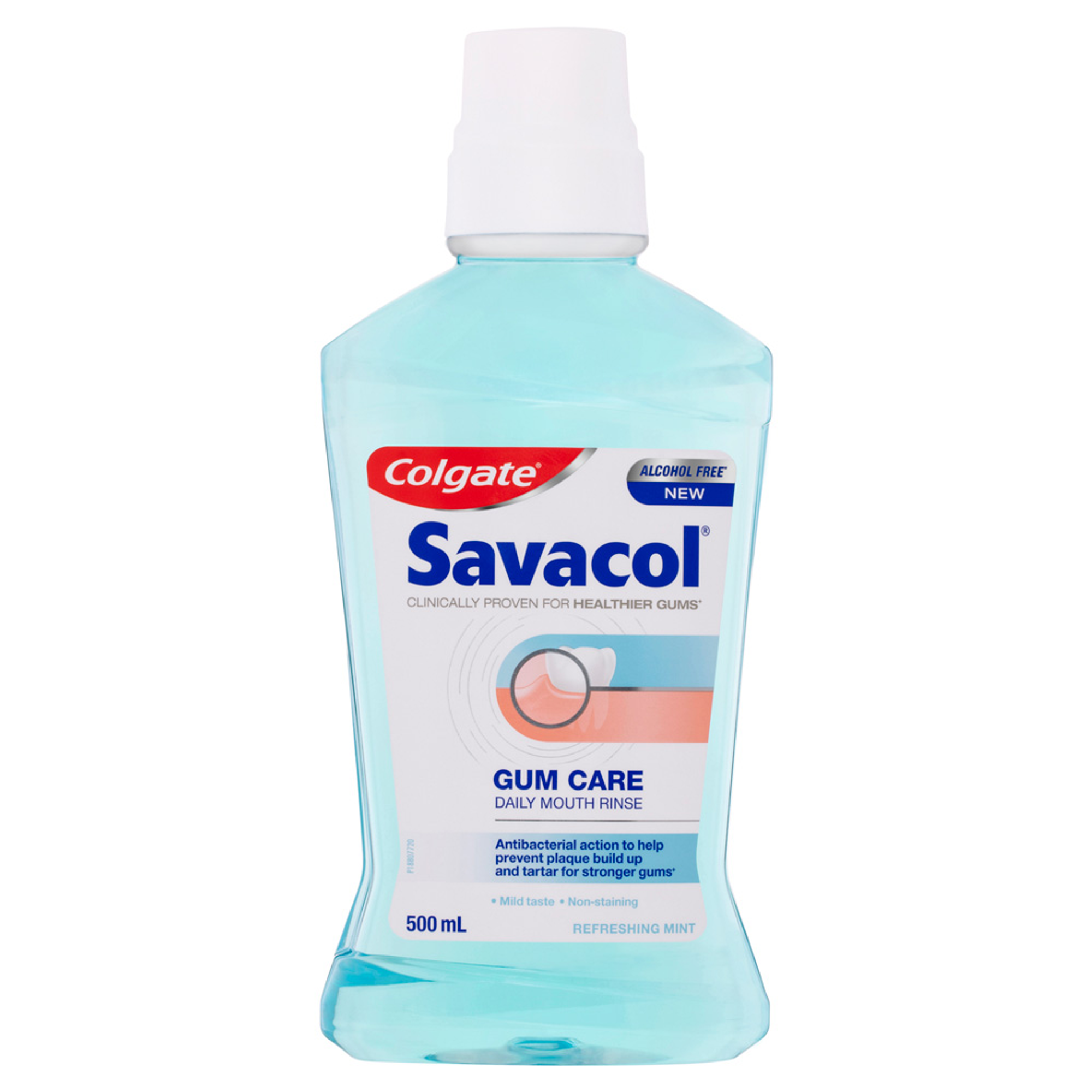
End-stage disease presentations: a symptom of the inaccessibility and poor user experience of dental care?
Working in a hospital setting provides tangible insight into the extreme outcomes of missed windows for early intervention in oral disease processes, with daily presentations to our Emergency Departments for spreading odontogenic infections in high-risk patients lost to follow-up for dental trauma, deep caries or previously-initiated root canal treatment. A recent systematic review1 suggests that approximately half of the adult population has signs of untreated endodontic infection, with many patients failing to seek dental treatment in the absence of pain. However, such presentations can catastrophically culminate in obliterated airways, anatomic spread throughout the head, neck and mediastinum, or sepsis, and can thus be associated with significant biological and psychological costs to the patient. Sleep-deprived, cortisol-fuelled admissions with hours spent in agony in hospital waiting rooms can cultivate mental scars and dental anxiety. Unluckier patients may experience greater procedural trauma from interventions such as awake intubations, returns to theatre and prolonged hospital stays on IV antibiotics. Physical morbidity, such as scarring from extraoral drainage sites, may serve as permanent reminders of life-saving surgery. Beyond the cost to the individual, a 2020 South Australian audit concluded that deep-space odontogenic infections requiring admission for drainage under general anaesthetic incur mean costs to the health system of upwards of $15000 per patient.2
One might think that a trip to hospital would suffice to awaken a patient to the benefits of early intervention to address oral disease. However, non-modifiable risk factors and systemic issues lead to frequent fliers re-presenting to ED with no dental follow-up between admissions for successive facial swellings. Of course, being empowered with greater health literacy helps individuals to prioritise accessing care. Nonetheless, even patients with an appreciation of oral disease processes may not receive appropriate and timely dental care if they are unable to overcome their unique tapestry of financial, logistical or psychological barriers to doing so.
Previous experiences and ongoing challenges inform patients’ attitudes towards regular dental visitation. Almost daily, the warm greetings that we offer to new patients are met with an unprompted “no offence, but I hate the dentist.” Procedural anxiety is rampant in our profession because of patients’ lived experiences and the propagation of dental horror stories (often through vertical transmission of dental anxiety from generations where anaesthetic was inaccessible and knees on chests were supposedly the picture of a typical extraction). If a patient only presents to us when they have a raging toothache, the association between dental care and pain is heightened, perpetuating the vicious cycle of dental fear and avoidance.3 Anticipatory pain can deter patients from seeking even preventive treatments such as ultrasonic cleaning and the sensory overload on entry into a clinic (from the quintessential minty aroma that assaults the olfactory system to the noises of our handpieces), can be enough to classically condition a visceral response to setting foot in our rooms.
Sometimes, despite having the zeal to walk through our doors, patients may be reluctant to participate fully in health screening or accept comprehensive dental care. We’ve all heard “I just want a clean, not a check-up please” whether for fear of opening a Pandora’s box of asymptomatic disease or surprise costs, with financial opacity in the private system representing a significant deterrent to accessing dental care. In contrast to services such as blood pressure monitoring, eye and hearing tests, diagnostic imaging, routine bloods and screening for cervical, breast and bowel cancer, dental check-ups cannot be bulk billed. In the absence of a universal dental care system in Australia, low-income patients without healthcare cards fall through the cracks in the system, especially those without private health cover. While most dentists carefully outline costs for a range of possible treatment plans following an initial diagnostic appointment, that initial consult itself could range from anywhere from $90 to over $300, with variable levels of reimbursement from health funds.4 Approximately 40% of Australians delay seeking dental treatment due to cost and a quarter of those that do attend struggle to afford recommended dental treatments.4 While the rise of interest-free payment plans can help to finance dental care privately for some patients, they can also be dissuaded by a lack of trust in the necessity of a dentist’s proposed treatment, given the perceived propensity of private sector providers to ‘up-sell’ or over-service.5 This is increasingly pertinent with rising costs of living diminishing patients’ capacity for what they perceive to be discretionary spending. Teeth should not be the “luxury bones” of the body.
Unfortunately, patients without facial swellings or systemic dissemination of odontogenic infections will be turned away from free services in public hospital emergency departments, as tertiary centres do not have the capacity to cater to otherwise well patients who can be managed in a community or private setting. In engaging with community dental services, obtaining a same-day or imminent emergency appointment for relief of pain is relatively straight-forward for eligible healthcare card holders. However, the same cannot be said of preventive services, with many public patients waiting hundreds to thousands of days for routine examination. Extensive public waitlists (even pre-pandemic as per Australian Institute of Health and Welfare data6) have not been aided by the COVID-induced disruption to service provision and community-based dental care incurs a co-payment in most states other than the NT, posing an additional barrier to accessing routine dental services.
Despite voucher schemes allowing private dental providers to service public patients with unmet treatment needs in the face of increasing public waitlists, the focus of these vouchers is largely on addressing established disease with minimal capacity to focus on preventive health. Additionally, patients with high oral disease burdens often struggle to have their issues comprehensively addressed with the limited funds available through such initiatives.
Perhaps here is where we look to the progressive expansion of a public-in-private dental rebate system beyond the offerings of the current Child Dental Benefits Schedule to overcome the deficiency of public sector services, while still providing financially-accessible care. The Australian Dental Association’s Australian Dental Health Plan outlines a proposed Adult Dental Health Scheme, which they wager could be funded by increasing the compulsory Medicare levy by as little as 0.5%, implementing a sugar tax and increasing taxation on tobacco,7 both of which would have their own inherent benefits to oral disease prevention. Taxation of high-wealth individuals and corporations has also been proposed to fund the addition of dental care to Medicare.8 Both approaches would represent active steps towards improving the affordability of dental care in Australia in a model analogous to accessing care in general medical practice and allow for inclusion of a greater scope of preventive services.
While we may not be able to control-Z patients’ traumatic historical dental experiences or overhaul the system in our practicing lifetime, improving the user experience (UX) of patients who choose to engage in dental care is within our individual capabilities. A quick internet search will yield innumerable handy tips relating to so much more than the dentistry itself. Dental UX begins well before patients enter our surgeries - from service shopping, to booking, to entry into waiting rooms. First impressions, both in-person and in the lead-up, arise from the contributions of the whole staff – clinical and non-clinical alike – as well as our digital infrastructure and physical spaces. It’s important that we create a safe space that is accessible and welcoming to all.
Some private clinics design their UX based on models from the beauty and wellness industries, disguising dentistry as a spa or salon experience with connotations as positive as other self-care activities such as haircuts or pedicures. However, it’s often the human touches that make a dental experience feel more comfortable and inviting. Our clinic isn’t at the cutting edge of interior design, there’s not a television or VR headset in sight, and my patients aren’t leaving with goodie bags, but they’re leaving with a sense that we genuinely care about their health and wellbeing. We show this care through active listening, attention to detail and clear, respectful communication. Importantly, not every dental visit needs to be invasive – there’s so much to be gained by building patients’ confidence to set foot in our clinics for a look and a chat. Ultimately, setting a constantly interventional precedent for dental visitation is unproductive, because our procedural endeavours represent band-aid solutions to treat established disease that is preventable by appropriate at-home prophylaxis with consistent oral self-care. Building the expectation that attending a dental appointment can just be an opportunity to work on patients’ oral health goals can be much less overwhelming to patients and still allows them to move forward in their care.
So, even if patients hate dentistry, they don’t need to hate the dentist.
Tibúrcio-Machado CS, Michelon C, Zanatta FB, Gomes MS, Marin JA, Bier CA. The global prevalence of apical periodontitis: a systematic review and meta-analysis. Int Endod J 2021;54:712-735.
Han J, Liau I, Bayetto K, et al. The financial burden of acute odontogenic infections: the South Australian experience. Australian Dental Journal 2020;65:39-45.
Armfield JM. What goes around comes around: revisiting the hypothesized vicious cycle of dental fear and avoidance. Community Dentistry and Oral Epidemiology 2013;41:279-287.
Australian Institute of Health and Welfare. Oral health and dental care in Australia. Canberra: AIHW, 2023.
Leggett H, Csikar J, Vinall-Collier K, Douglas GVA. Whose Responsibility Is It Anyway? Exploring Barriers to Prevention of Oral Diseases across Europe. JDR Clin Trans Res 2021;6:96-108.
Australian Institute of Health and Welfare. A discussion of public dental waiting times information in Australia: 2013–14 to 2016–17. Canberra: AIHW, 2018.
Australian Dental Association. The Australian Dental Health Plan. 2019. URL: ' https://treasury.gov.au/sites/default/files/2019-03/australian_dental_association_-_supporting_document.pdf'.
The Australian Greens. Bring Dental Into Medicare: Our plan to make dental care free. Canberra, 2023. URL: ' https://greens.org.au/sites/default/files/2022-04/Greens-2022-Policy-Platform--Health--Dental.pdf'.
Emma Turner, a founding member of the Colgate Advocates for Oral Health: Editorial Community, completed her Doctor of Dental Medicine at the University of Western Australia as the Australian Dental Graduate of the Year 2020. She is an avid hospital dentist, having worked in Melbourne’s southeast and more recently in the Top End and is passionate about contributing to the future of oral health through dental education, community engagement and research. She hopes to share her insights to encourage members of the dental profession to reflect on opportunities for personal and professional growth to benefit our patients and the wider community.
Join us
Get resources, products and helpful information to give your patients a healthier future.
Join us
Get resources, products and helpful information to give your patients a healthier future.











